
As a result of an icnreasing rejection by scholars of the “black legend” about Pope Pius XII, even the Yad Vashem Holocaust Museum in Isreal has changed a poster text about Pius XII.
Gerald Posner has published what he claims is an “extensively researched” study of the Vatican’s bank. However, the first 14 chapters of the book (out of 43) deal with the pontificates of Popes Pius XI (1922-1939) and Pius XII (1939-1958) and their banker, Bernardino Nogara, a period of history I have studied for many years. In these chapters, Posner’s research into his subject matter is seriously lacking and biased, as will be shown here. He has bitten off more than he could chew.
In the rest of the book, Posner reviews the financial dealings of the Vatican Bank under subsequent pontiffs, since 1958. He goes into the notorious banking scandals in the 1970s and early 1980s under American Archbishop Paul Marcinkus (the Sindona-Calvi scandal), and more recent abuses. He ends with the actions of Pope Francis, which give reason to hope that the Vatican bank’s management will now be reformed and its activities made more transparent.
The recent Vatican banking affairs are an area of expertise that another reviewer who is knowledgeable about these recent periods should review. Here I will analyze the serious defects in Posner’s manner of argumentation in the chapters on the era of Pius XII, defects which the reader would be well-advised to look for when reading the rest of Posner’s book, too. This suggests strongly that readers should not take his sources and his footnotes for granted, but should research them.
Posner’s method is to build an inverted pyramid of insinuation upon insinuation, all resting on one rather flimsy piece of “evidence.” So let us examine the “evidence” at the base of some of his inverted pyramids of accusations. If that one piece of “evidence” is found to be incorrect or manipulated, then his whole inverted pyramid of accusations collapses. Here are five specific instances (and there are many more), in which Posner uses his sources to slander Pope Pius XII.
1. Posner Claims that Pius XII’s Financial Administrator, Bernardino Nogara, Was a Nazi Spy.
In a US National Archives and Records Administration (NARA) copy of the interrogation report on Abwehr II (German intelligence organization) recruiter, Reinhard Karl Wilhelm Reme, one Nogara (no first name given) is named as an Abwehr agent who heads a spy cell in Milan. Based on this, Posner claims that this could only be Bernardino Nogara and that in this position he could easily have found “ways to help finance the Axis powers” as a double agent.
Posner concludes on page 136: “All that can be derived definitively from the Reme/Angleton memo is that the business of the Vatican during World War II ends with the question: was the church’s long-serving financial wizard, Bernardino Nogara, a Nazi spy?”
Posner (page 137) piles on the insinuations that Bernardino Nogara was a double agent: “What could a German spy at Nogara’s level do to sabotage the Allied war effort and at the same time find ways to help finance the Axis powers? Or what could he have done to sabotage the Nazi war effort by supplying the Germans false information?”
It only takes a few minutes to find the NARA records about Nogara if one consults the TNA (The National Archives) files in the British website, which is better organized than the American NARA website. Click on https://www.nationalarchives.gov.uk/. Click on “Discovery — our catalogue” and type in “Nogara.” Immediately “NOGARA B BIETOLETTI N FABBRI W MENEGAZZI” pops up with a link to order the documents from the British National Archives at Kew.
Those British documents reveal that Posner cites only a Supplementary, follow-up NARA report from May 1945 (WO204/12209) [WO means War Office in the British system] which leaves out the first name of Nogara. However, he does not cite an earlier, preliminary report from April 1945 (WO204/ 12143), which includes the first name, and it was Bruno Nogara!
The reason the follow-up report leaves out the name “Bruno” is because they already learned his first name from the earlier interrogation. They had learned that Bruno Nogara was a school teacher in Venice, who was also a Blackshirt member and Abwehr member, in Abwehr unit 257. Did Posner leave that earlier report out on purpose or did he not know about it because the American NARA website is less user-friendly than the UK NARA website? We do not know. But all of Posner’s allegations that Bernardino Nogara was a Nazi spy collapse with this one document.
2. Posner Excludes a Book by Ion Mihai Pacepa and Ronald J. Rychlak, Disinformation (WND Books, Kindle Edition, 2013).
This book reveals how the Soviets carried out a smear campaign against Pius XII, who was an outspoken anti-communist. Some of that material was previously revealed in Rychlak’s book Hitler, the War, and the Pope, Revised and Expanded (2010), which Posner also fails to mention.
Why exclude those two books? Possibly because Posner wanted to use the works of anti-Pius XII authors who had fallen for the Soviet disinformation about the Pope. Disinformation (page 192) states in regard to those authors: “Authors, including Garry Wills, James Carroll, Susan Zuccotti, Michael Phayer, David Kertzer, and Robert Wistrich, swallowed the Kremlin’s framing and wrote highly distorted books about Pius XII. John Cornwell, who published the utterly defamatory Hitler’s Pope, came back with a second book touching on the topic. Robert Katz, author of two books promoting the Kremlin’s lies about Pius XII back in the 1960s, authored a new book that largely combines his earlier laments. Daniel Goldhagen combined the worst accusations made in all the other books and launched a broad-based attack on Christianity itself.”
Posner relies on John Cornwell’s book, Hitler’s Pope, which he refers to about 50 times, and Michael Phayer’s two books, which he refers to about 80 times, to back up his arguments against Pius XII. Pacepa and Rychlak (Disinformation, p. 188) state that Cornwell’s book, Hitler’s Pope, relies mainly on secondary sources, such as Carlo Falconi’s The Silence of Pius XII. Rychlak’s and Pacepa’s book completely discredits Carlo Falconi, whom Posner quotes seven times. Disinformation states (p. 73): “In the 1960s, Italian writer Carlo Falconi wrote The Silence of Pius XII, a book entirely based on documents provided to him by the communist government of Croatia — including those used to frame Archbishop Stepinac.”
In Disinformation (p. 74) Pacepa and Rychlak further state: “Falconi and the works built upon his book have tainted the entire investigation into Pope Pius XII. As Croatian scholar Jure Krišto has explained: ‘The documents which both men [Falconi and Cornwell] used had, of course, been assembled by the Yugoslav secret police, then led by the Serbian Communist [head of the UDBA] Aleksandar Ranković, and fed to Falconi in order to compromise Pope Pius XII as “Hitler’s Pope”.’ These documents have confounded scholars of Pope Pius XII for decades.”
Was Posner unaware of the book Disinformation or did he purposely leave it out?
3. Did the Pope Know About the Looming Round Up Of the Jews and Do Nothing?
Posner claims on p. 101: “Pius said not a public word in support of Rome’s Jews. No one then knew that Ambassador Weizsäcker had told the Pope a week earlier of an impending ‘resettlement’.” Footnote 206 adds: “…Möllhausen warned Weizsäcker who in turn passed along the word to the Vatican.” Posner cites three works as the sources for his claim. But do they support it?
a) Leonidas G. Hill, “The Vatican Embassy of Ernst Von Weizsäcker,” 1943-1945, The Journal of Modern History, 39, no. 2, June 1967, 144-147.
Only p. 147 in Hill’s article even touches on this and it merely says that Weizsäcker and Kessel warned the Swiss diplomat Fahrener to warn the Jews. But when one looks at Hill’s source, which is Kessel’s article, “The Pope and the Jews,” in The Storm Over the Deputy, pages 74-75, one discovers that they issued this secret warning around September 9, 1943, right after the armistice was declared and long before the Gestapo had taken any actions against the Jews in Rome. They were merely relying on a hunch they had, based on their experience back in Germany. Kessel goes on to say they recommended that the Pope should not issue any statement because it would not save one Jew.
b) Weisbord and Sillanpoa, The Chief Rabbi, the Pope, and the Holocaust, 65-66.
This book cites Katz’ comment in Black Sabbath, pp. 136-137, that the Vatican was informed of the impending roundup through Weizsäcker, who had passed the news about Möllhausen’s telegrams on to the Vatican. In a footnote in Black Sabbath (p. 362, notes 10, 11) Katz gives as evidence an interview he had with Möllhausen in 1967. But Katz does not give a direct quotation from Möllhausen. There is no notarized statement, no documentation. It is just Katz telling what he says Möllhausen said, without giving the reader any way to double-check it for accuracy or truthfulness. In Möllhausen’s own memoir, La Carta Perdente, there is no mention of this at all, neither in the memoirs of Kessel or Weizsäcker.
c) Robert Katz, Death in Rome (New York: Macmillan, 1967), p. 25.
That page mentions only that Möllhausen had sent a telegram to Ribbentrop in Berlin protesting the roundup of the Jews and their liquidation. It makes no mention of Möllhausen telling Weizsäcker, Kessel, or the Vatican about the telegram or anything else.
So only one of these three sources even mentions Posner’s assertion that Möllhausen told Weizsäcker, who told the Vatican, about the pending roundup of the Jews, and that one source is just one step above hearsay. It pays to double-check Posner’s footnotes.
4. Did the Vatican Invest in the Nazi War Machine?
Posner only cites Patricia McGoldrick’s work (“New Perspectives on Pius XII and Vatican Financial Transactions During the Second World War,” The Historical Journal, 55, No. 4 (2012): 1029-1048), when it shows Nogara’s clever transactions, but he excludes her statements that show that the Vatican was heavily investing in the US war industry during WWII. McGoldrick concludes on p. 1045: “Vatican Bank statements give evidence that a torrent of Vatican money flowed directly into the Sherman tanks, B-24 bombers, and well-equipped young GIs who defeated the Nazi regime and ended the bestial murders of the Holocaust forever.” Did Posner purposely exclude this because he wished to make it seem that Nogara was a Nazi spy, investing in the Nazi war machine?
5. Was Pope Pius XII Pro-Nazi?
Posner cites Andrea Tornielli’s works when they expose the Vatican Bank’s questionable finances, but he leaves out the positive things that Tornielli says about Pius XII in his book, Pio XII, Eugenio Pacelli, Un Uomo sul Trono di Pietro (2009). Maybe Posner does not read Italian. That is odd, because Posner cites many other works in Italian.
Posner insinuates that Pacelli acquiesced in the Nazi takeover of Germany with the signing of the 1933 Concordat. But Tornielli in his book tells in great detail about the more than 40 protests Pacelli lodged against Hitler as the Vatican Nuncio in Germany from 1917 until 1929. Posner leaves out everything Tornielli wrote about Pope Pius XII’s continual protests against Hitler’s regime. Tornielli’s book devotes all of Chapter 7 to “Seventy Protests in Vain,” i.e., 70 times that Pacelli issued futile protests against the encroaching Nazi policies. Pacelli’s many attempts to influence Hitler failed. All protests were in vain.
Conclusion: These are just a few of the slippery ways in which Posner misuses his “evidence,” excluding what does not fit into his biased take on things. He manipulates his sources and hopes the reader won’t double-check his footnotes.
Dr. Mallory is author of Pope Pius XII and His Jews: A Novella (vol. 1) and What’s True and What’s Fiction? (vol. 2).

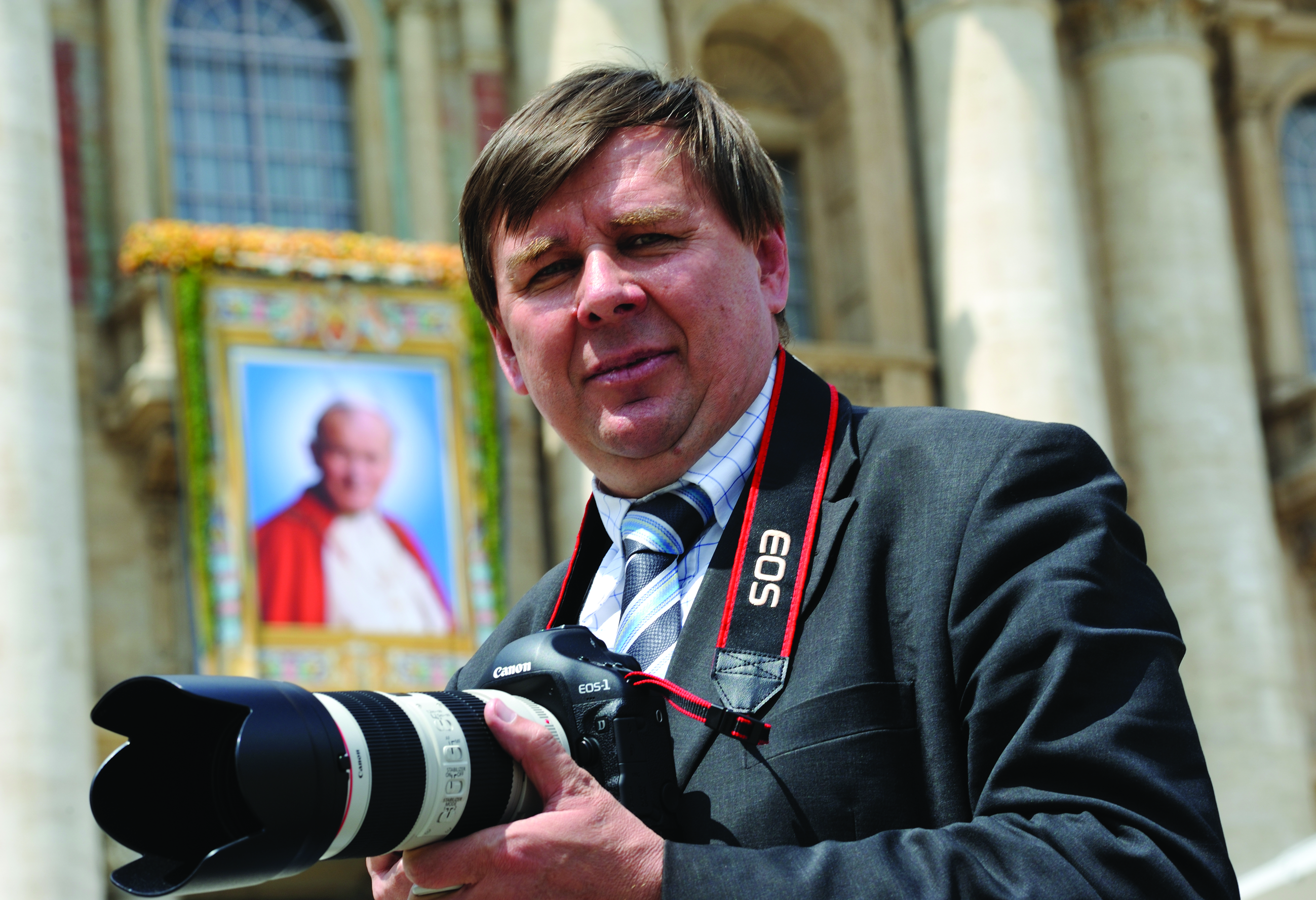
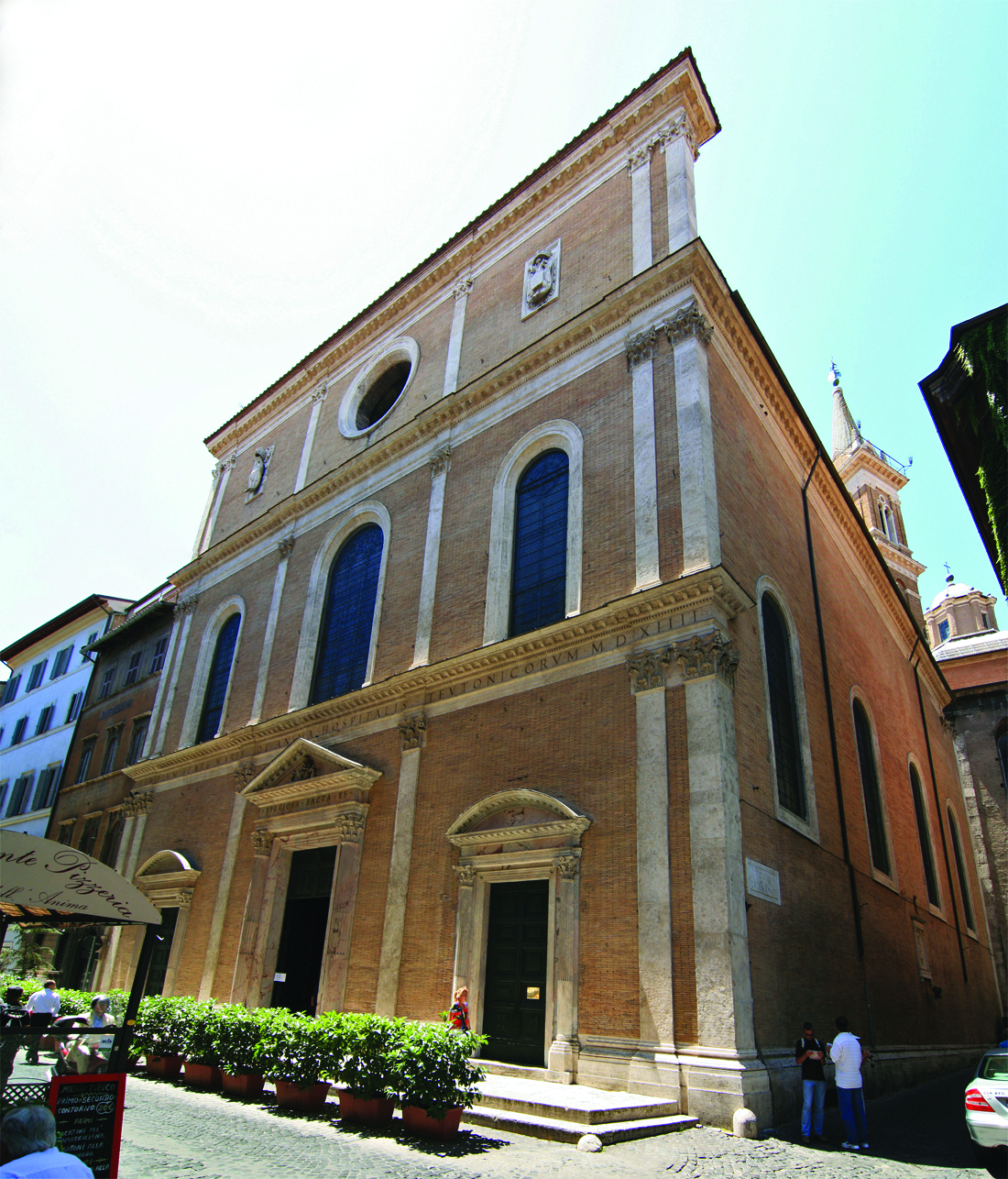
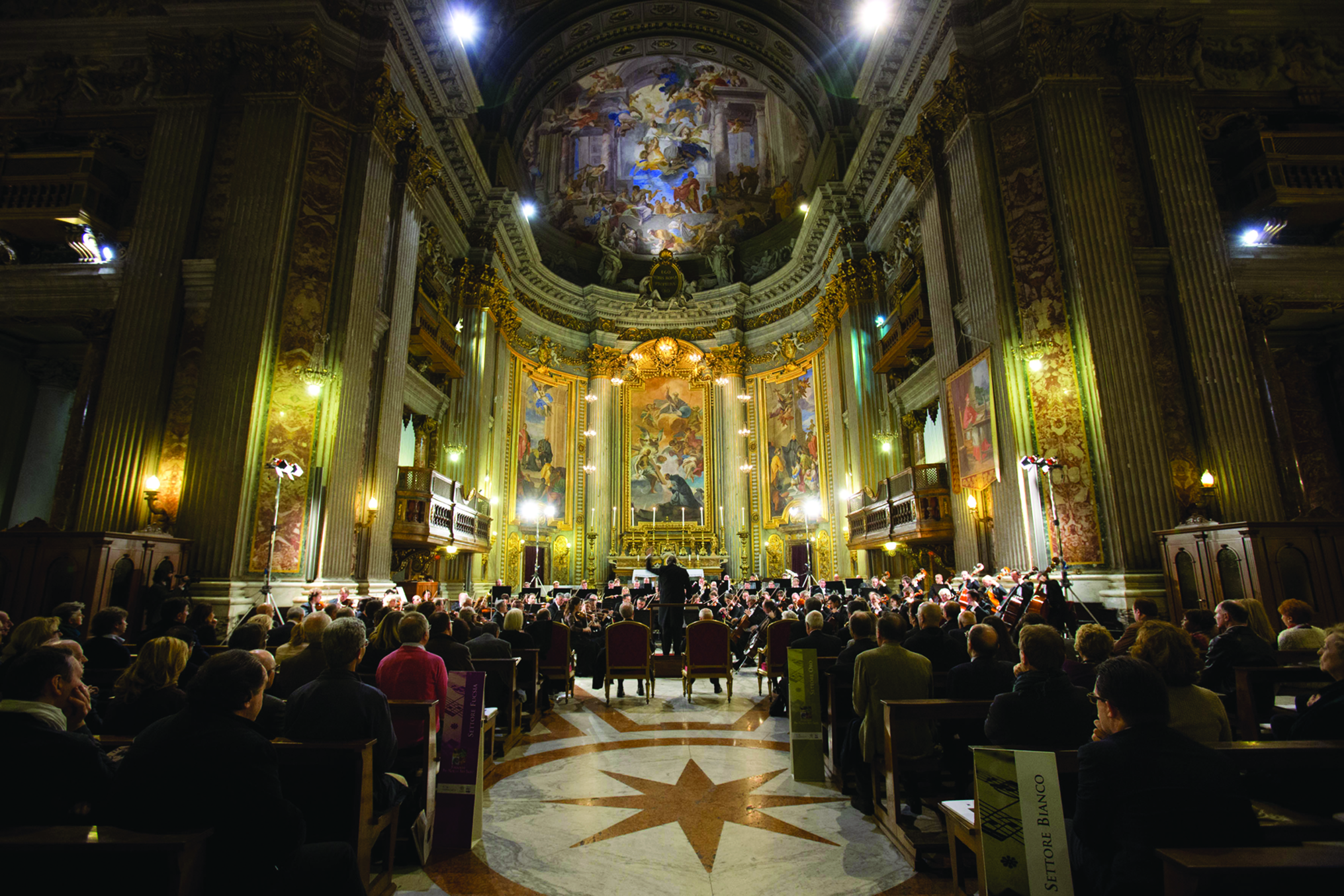
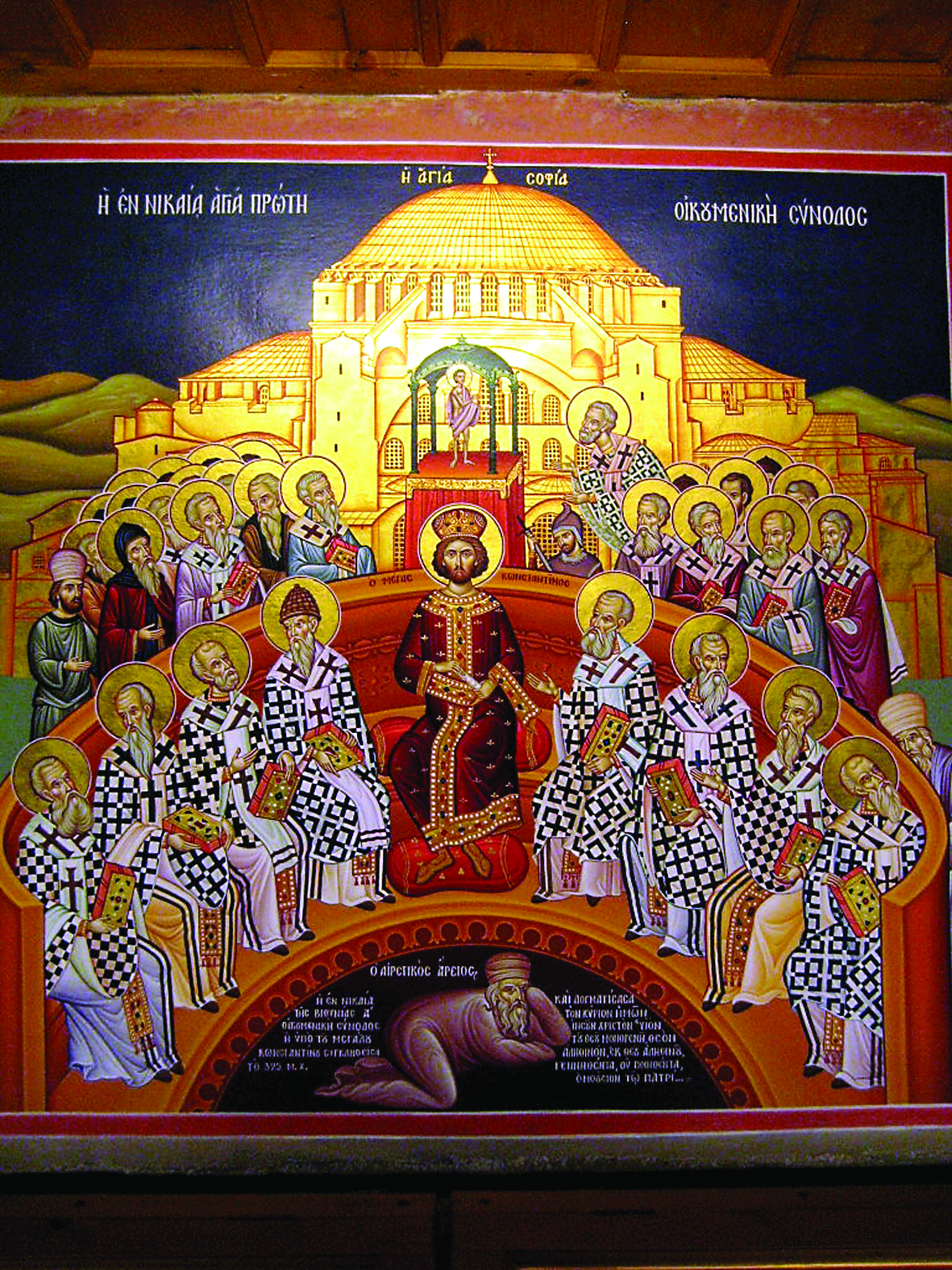
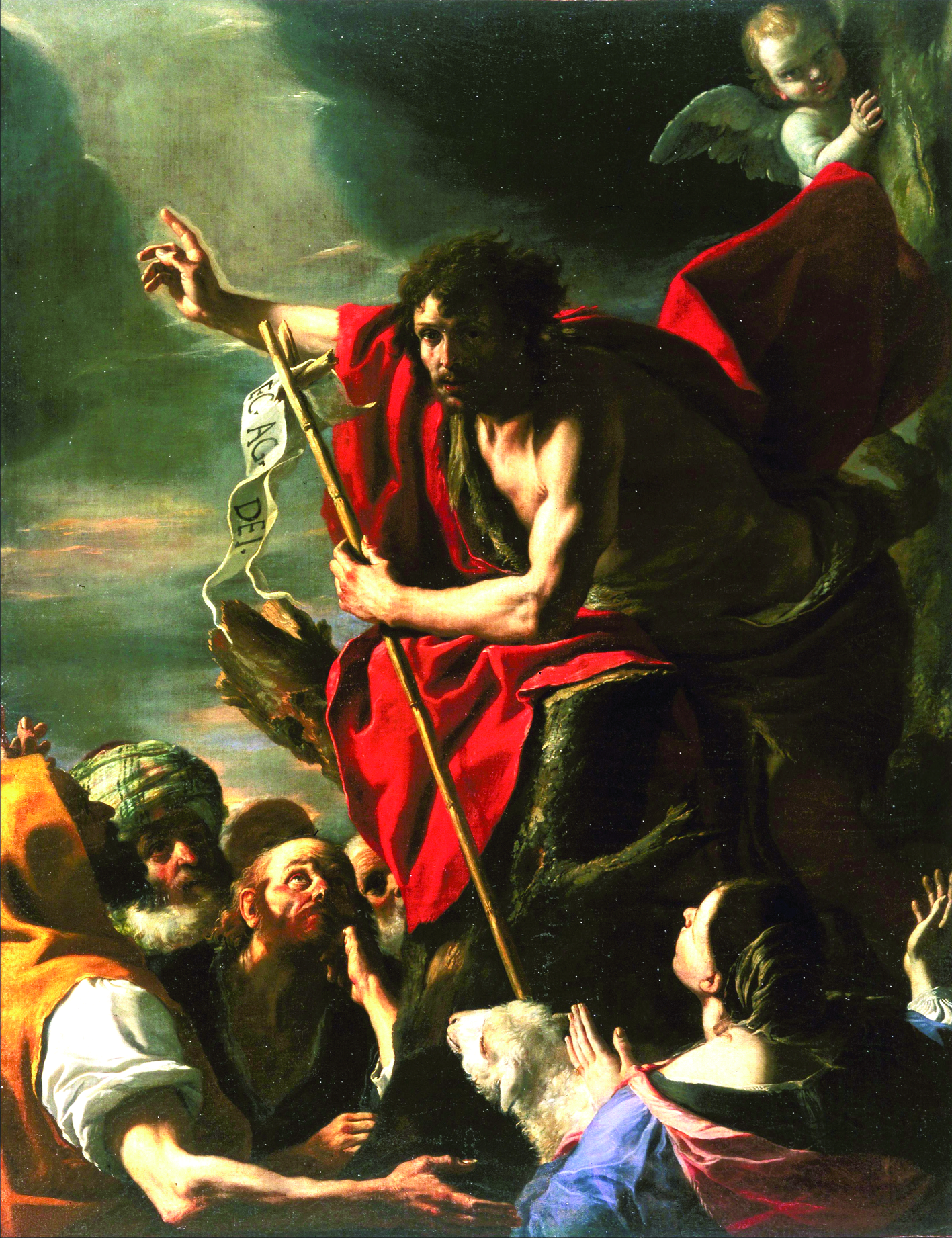
Facebook Comments